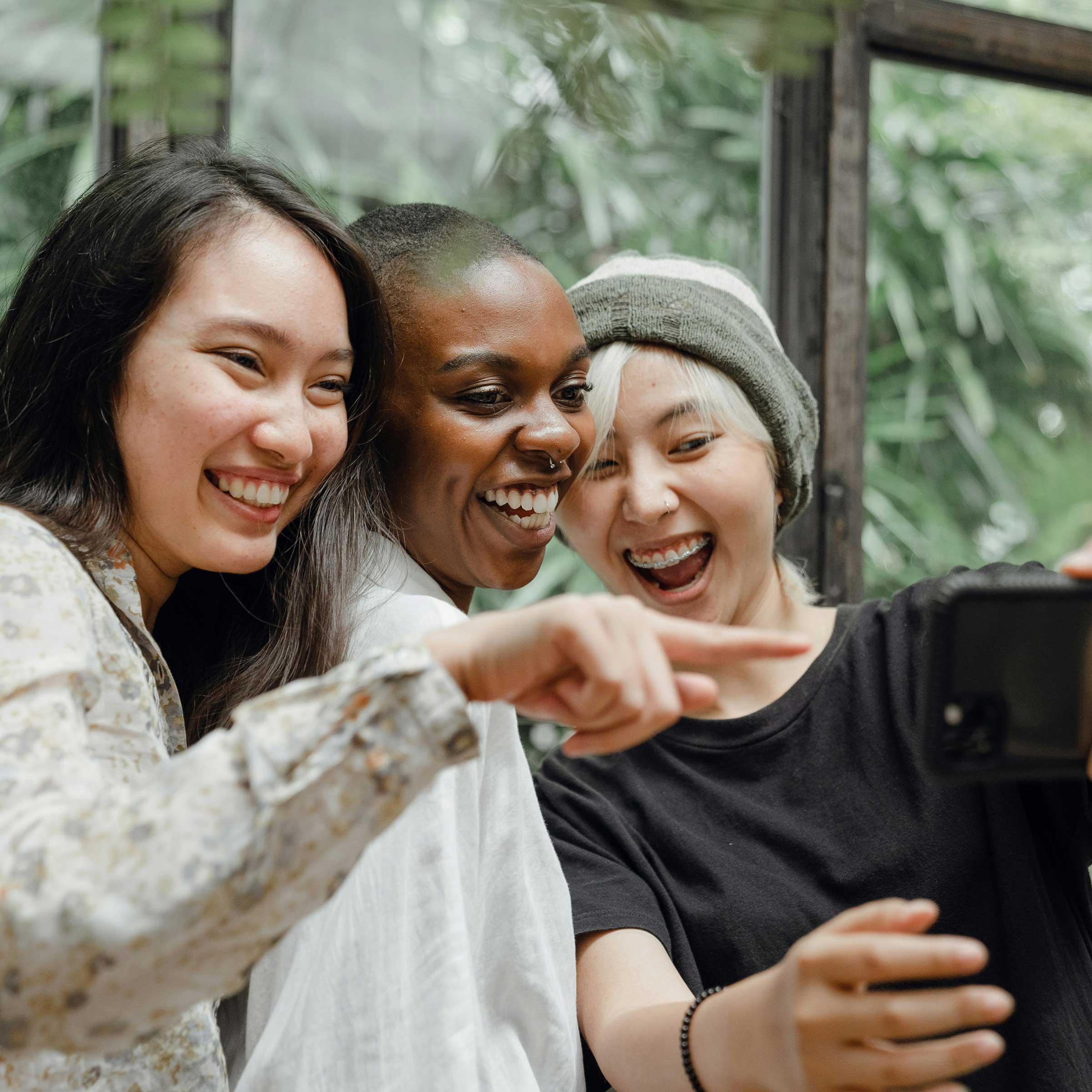How the Flora App Developers Use Behavioral Psychology to Help Users Live Their Best Lives
App developers use behavioral psychology to get people to continue using their apps. Recently, there’s been some backlash against apps that use it to...
2 min read
Written by Laura MacPherson, Nov 29, 2018

Why is it so much easier to be consistent with your workout when you go to your gym vs. exercising at home? And why does it seem so much easier to eat healthy food when you’re with your group of health-conscious friends? The answers go beyond peer pressure, which is powerful but easily overcome when you’re met with a cold, rainy day or presented with a delicious-looking, double-cheese pizza.
The reason we’re able to do things we would normally find difficult is often the reward of being part of a tribe. Humans have, since the beginning of time, depended on one another for survival. We’ve evolved a desire to connect with other people like ourselves. We actively seek out acceptance, inclusion, and love. You can hear it in someone’s voice when they talk about their people. It’s why CrossFit and book clubs have such loyal followings — the people in these groups have formed an identity around the activity because they’ve created a tight-knit community.
If you want to build a lasting habit, find a dedicated group of people doing that thing and become a part of the group. When your motivation wanes, you’ll be driven forward by the promise of positive reinforcement when you gather with the group. You’ll see smiling faces that validate you, and you’ll experience a rush of dopamine as you’re flooded with a sense of belonging. The more you gather with your group, the stronger the effect becomes.
This phenomenon is why social media is so addictive. Despite the fact that people regularly berate themselves for wasting hours on Facebook, they continue to click the app, scrolling endlessly as if hypnotized. Each image they see of their tribe members and each like on their own posts delivers that dopamine hit and fuels the habit cycle.
While social media addiction is an example of the use of community gone wrong, it’s possible to use the power of community for positive results. If you’re building a workout app, incorporate a social element by encouraging users to invite friends to an exercise challenge. If you’re creating a personal finance app, encourage users to invite friends to work on shared goals together. Nearly every type of app could make use of community.
Here are a few ideas to get your creativity flowing on how to use community to retain app users:
Social rewards are free for your company to offer, but they’re one of the most powerful types of rewards available. As you’re developing your app concept, think through all the different ways you could incorporate social rewards.
Want to learn how our SolutionLab process helps clients brainstorm and evaluate different types of rewards? Get in touch!
Subscribe to our newsletter.

App developers use behavioral psychology to get people to continue using their apps. Recently, there’s been some backlash against apps that use it to...

User stories are simple and rewarding tools for software development that focus on meeting users’ needs while providing the greatest business value....

If your app-based startup is going to grow, you must attract and retain users. One estimate puts the average retention rate for mobile apps at just...
Post
Share